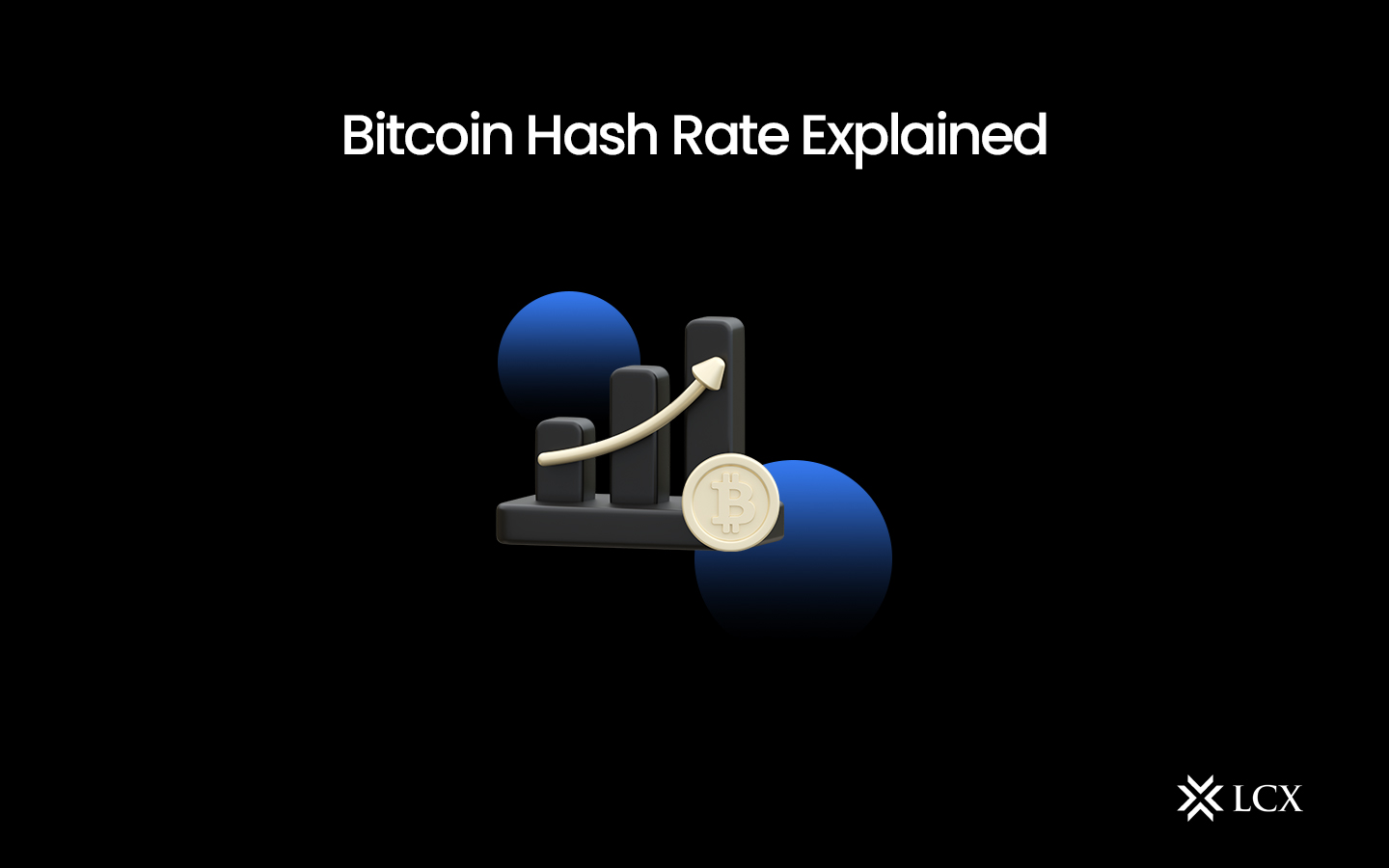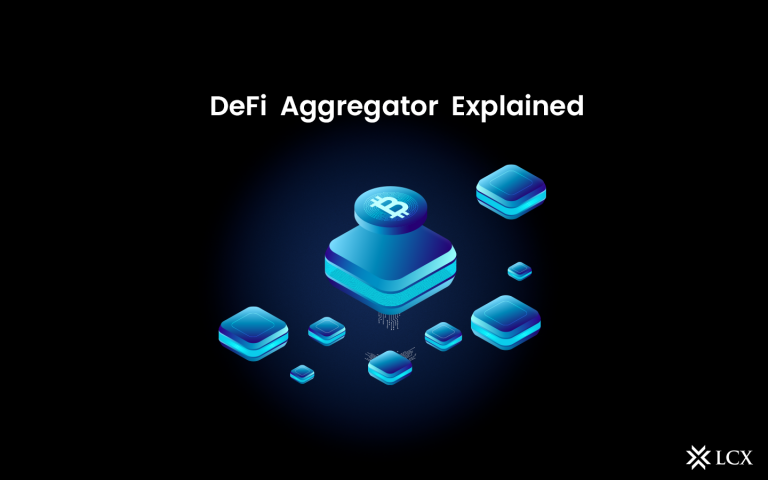What Is Bitcoin’s Hash Rate?
Bitcoin’s hash rate is the amount of processing and computing capacity contributed to the network through mining. A “hash” is a fixed-length alphanumeric code that represents any length of words, communications, or data.
Bitcoin (BTC) and numerous other cryptocurrencies are underpinned by blockchain technology. The Bitcoin network is composed of interdependent units that form a chain. Similar to files, blocks comprise information regarding the most recent network-wide transactions.
Since they behave like data files, smaller blocks require fewer processing resources to validate (or vice versa). Hashing is applicable in this situation. The process of confirming the integrity of network transactions is known as “hashing” a block, and network or hashing participants are rewarded with Bitcoin. What does a hash rate signify for cryptocurrency miners and investors?
The calculation of a hash rate could aid miners in forecasting their profitability. As cryptocurrencies are extracted with a variety of mining hardware, the hash rate of each machine varies. Due to the fact that mining requires variable levels of processing speed, memory, and power, the network hash rate increases when mining equipment is upgraded, or vice versa.
Due to the fact that the network is designed to release a fixed amount of Bitcoin at a time, a more robust network does not inherently result in BTC being mined faster.
Changes in hashing power influence the number of miners in the network, the difficulty of mining, and ultimately miner profitability. In addition, the difficulty of mining increases as more miners join the network, as it requires more estimates per second to solve the complex mathematical equation and receive the block reward. As a consequence, the hash rate increases as the Bitcoin network’s difficulty increases. Similarly, for cryptocurrency investors, the hash rate is a crucial indicator of how secure a cryptocurrency’s proof-of-work (PoW) network may be against hackers. However, as the hash rate increases, network attacks become more expensive and challenging.
Why Is Hash Rate Important?
Hash rate is a crucial indicator of a blockchain network’s resilience, particularly its security.
What then occurs if Bitcoin’s hash rate increases? As more machines are devoted to discovering the next block by legitimate miners, the hash rate increases, indicating that the network’s total computational power is high and it is difficult for malicious actors to interfere with it. Nonetheless, the controller of the majority hash rate could rescind his payments by reorganising payments, resulting in double-spending issues due to a decrease in the network’s hash rate.
What then occurs if Bitcoin’s hash rate decreases? The low cost of implementing a 51% attack makes the network vulnerable to cybercriminals and crypto heists when the hash rate decreases. Moreover, a lower hash rate makes cryptocurrency less decentralised, posing a substantial risk to cryptocurrency investors. For the protection of their users’ funds, crypto platforms may cease trading or delist a currency if the hash rate abruptly drops. Therefore, is a high hash rate a reliable indicator of a network’s security?
Similar to the majority of Proof-of-Work (PoW) cryptocurrencies, it is believed that a higher hash rate is better for the overall security and stability of the blockchain network because it requires more energy, more miners, and more time to take over the network.
How Does Bitcoin’s Hash Rate Work?
Bitcoin’s hash rate is measured using technologies such as the SHA-256 cryptographic hashing function, which converts any input data into a 256-bit string (the hash). Due to the unidirectional character of this function, it is easy to determine the hash from an input, but not vice versa.
The hash rate, which can be expressed in billions, trillions, quadrillions, and quintillions, indicates the number of calculations that can be performed per second. A hash rate of 1BH/s, for example, implies that one billion estimates can be made per second. But how is the hash rate of Bitcoin measured? Bitcoin’s hash rate is expressed in exahashes per second (EH/s), which is equal to one quintillion hashes. By comparing the average time between mined blocks with the network difficulty at a given time, it is possible to approximate the aggregate network hash rate.
So, what is the difficulty of mining? The mining difficulty refers to how difficult it is for miners to generate a hash lower than the desired hash, which is achieved by decreasing the numerical value of the hashed block header. On average, a Bitcoin block is discovered every ten minutes. However, if Bitcoin is detected less frequently than the average, the difficulty decreases.
In addition, it is crucial to note that the Bitcoin network’s mining difficulty changes automatically every 2,016 cycles. Depending on the number of miners and their total computational power within the mining network, the difficulty can be increased or decreased. What is the present hash rate of Bitcoin? Although Bitcoin’s exact hashing power is unknown, it can be deduced from the number of blocks presently being mined and the difficulty level of blocks.
How Does the Hash Rate Affect Bitcoin Price?
Bitcoin’s price is primarily determined by computational power, profitability of mining, and network difficulty. The hash rate follows the price because miners are compensated in Bitcoin while incurring costs in local currencies.
Consequently, the greater the computational capacity employed by the Bitcoin network, the greater its value. In addition, rational miners will only mine Bitcoin if it is profitable, which implies that any other cryptocurrency with no demand would be worthless and miners would redirect their resources elsewhere.
In addition, network difficulty can be substituted for total mining capacity. This premise is expressly supported by the algorithm that governs the Bitcoin network, which means that difficulty adjusts to compensate for declining mining power or, conversely, to mitigate the impact of growing mining power.
Fluctuations in the price of Bitcoin are not only significant for purely speculative reasons, but also for how they impact the energy consumption of the Bitcoin network and the future behaviour of the miners who power the Bitcoin infrastructure. Additionally, it has been believed for a long time that the hash rate, or the total number of computations conducted by Bitcoin miners, and the price of BTC are related.
In competitive marketplaces, however, the level of effort a manufacturer puts into producing a product or service has no bearing on the price consumers pay. In contrast, this may not be the case for the Bitcoin market, as only a small number of mining pool administrators can coordinate their activities to control the market price. In addition, the inelastic nature of Bitcoin’s supply and the intensive competition in the mining industry may cause miners to behave differently.
Conclusion
The Bitcoin hash rate is a fundamental metric that underpins the security and functionality of the network. As the cryptocurrency ecosystem continues to evolve, understanding the hash rate’s significance is crucial for investors, developers, and policymakers alike.
While debates about Bitcoin’s environmental impact persist, the role of the hash rate in securing the network and its potential to shape the future of finance cannot be overlooked. As technology advances and the crypto landscape matures, Bitcoin’s hash rate will continue to be a central focus of attention, driving innovation and resilience within the cryptocurrency ecosystem.










